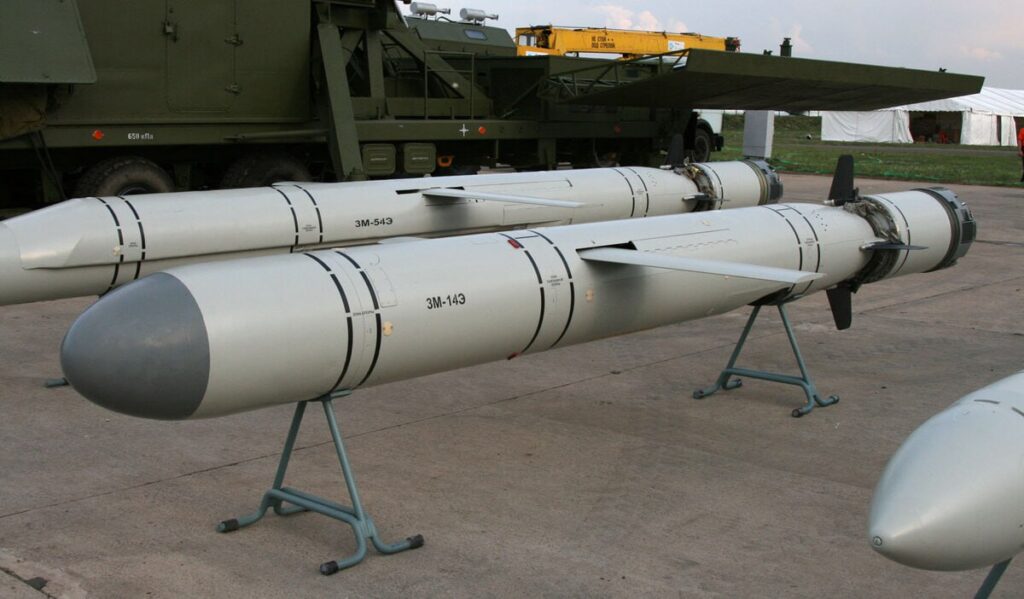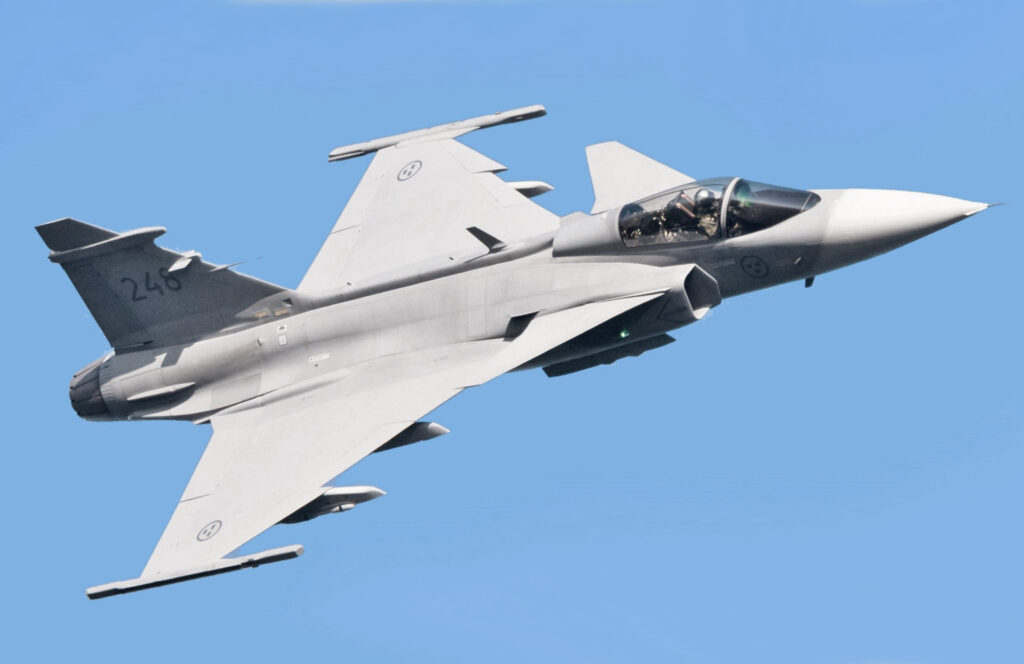A Ukrainian source has reportedly obtained access to classified Russian documents detailing procurement contracts for a wide range of missile systems. While the authenticity of the documents remains unverified and the files themselves have not been made public, the information offers a detailed look into Russia’s missile production volumes, costs, and modernization priorities for 2024–2026.
Iskander Cruise Missiles
According to the report, the Russian design bureau “Novator” received at least two major orders for the production of 303 Iskander-K cruise missiles between 2024 and 2025. The unit cost ranged between 135–142 million rubles, equivalent to approximately 1.5 million USD per missile.
Additionally, Russia’s Ministry of Defense (MoD) reportedly placed its first order for an upgraded missile variant — the 9M729, featuring an extended range exceeding 2,000 km. This missile is said to be incompatible with the original Iskander system, requiring a new launcher variant designated Iskander-M1.
For 2025, 95 units of this advanced model were contracted, at a cost of 146 million rubles per unit (around 1.4–1.8 million USD depending on the exchange rate).

Kalibr Missiles and Nuclear Variants
The Russian MoD reportedly signed two large-scale contracts with “Novator” for 3M14 Kalibr cruise missiles — 240 units for 2022–2024 and 450 additional units for 2025–2026. Each missile is valued at approximately 168 million rubles (up to 2 million USD).
In addition to conventional warheads, the documents mention the production of 56 3M14S Kalibr missiles equipped with nuclear warheads, scheduled for delivery during 2024–2026. Due to currency fluctuations and added complexity, the cost of these nuclear-capable missiles is expected to rise to 175–190 million rubles (around 2–2.3 million USD).
The Kalibr missile family, used by both naval and ground forces, has been a cornerstone of Russia’s long-range precision strike capability since its combat debut in Syria.

X-101 Missiles and Future Replacement
The design bureau MKB “Raduga”, responsible for Russia’s air-launched cruise missiles, reportedly received multiple contracts in 2024 for 525 upgraded X-101 missiles (designated “Product 504AP”), each priced at 164 million rubles (about 2 million USD).
For 2025, production is expected to increase to 700 units, with costs ranging from 171–194 million rubles (approximately 2–2.4 million USD), while another 30 missiles were ordered for 2026.
Notably, the documents also reference a classified missile project, codenamed “Product 506” or X-BD, described as the next-generation long-range cruise missile intended to replace the X-101. Two contracts were reportedly issued to MKB Raduga for 32 missiles (delivered across 2024 and 2026), including both conventional and nuclear variants. Each missile carries an estimated price of 337 million rubles, or roughly 4.2 million USD.
The X-BD is reportedly designed for integration with the upcoming PAK DA strategic bomber, but will also arm the modernized Tu-160M fleet as part of Russia’s ongoing strategic aviation modernization efforts.
Iskander Ballistic Missiles
The Kolomna Machine-Building Design Bureau, which oversees Iskander ballistic missile production, reportedly received an order for 1,202 ballistic missiles covering 2024–2025. The production breakdown is as follows:
- 9M723-1k5 – 185 missiles (cluster warheads) at 238 million rubles or 3 million USD each
- 9M723-1f1 – 59 missiles (fragmentation-high explosive warheads) at 238 million rubles or 3 million USD each
- 9M723-1f2 – 771 missiles (alternate fragmentation-high explosive variant) at 192 million rubles or 2.4 million USD each
- 9M723-1f3 – 217 missiles (third fragmentation-high explosive type) ranging from 189–238 million rubles per unit
Overall, 589 missiles are planned for production in 2024, with 643 additional missiles scheduled for 2025.
Kinzhal and Zircon Hypersonic Missiles
The same design bureau was also tasked with producing hypersonic missile systems. In 2024, an order for 44 Kinzhal missiles was placed, followed by 144 more in 2025. Each Kinzhal missile carries an estimated price of 366 million rubles, equivalent to about 4.5 million USD.
Furthermore, the report indicates a separate contract for Zircon (3M22) hypersonic missiles, stipulating annual deliveries of 80 units between 2024 and 2026. The cost per unit ranges from 420–450 million rubles, or 5.2–5.6 million USD.
The Zircon, capable of traveling at speeds exceeding Mach 8, represents one of Russia’s most advanced anti-ship and land-attack weapons, signaling continued investment in hypersonic strike technology.

Summary
Based on these alleged documents, Russia appears to be sustaining — and in some areas expanding — its missile production capacity despite international sanctions and supply constraints. The focus on modernization, range improvements, and nuclear-capable variants underscores a strategic push to maintain and diversify its precision-strike and deterrence arsenal.
If verified, the data suggests that Russia’s defense-industrial complex remains heavily invested in upgrading its long-range strike capabilities across all domains — land, sea, and air — through 2026.


